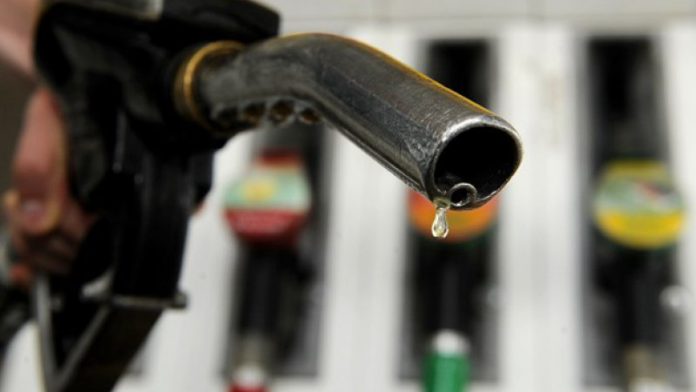Since the early 2000s, when the country went mono-grade (87 RON), petrol hasn’t witnessed any noticeable improvement over the course of time.
Imports of 92 RON premier motor gasoline (PMG) commenced from Dec 1, 2016. Prior to this development, both imports and refinery production were of 87 RON.
Imports can take place at short notice. However, the refineries on the other hand had just started their isomerisation units — Pakistan Refinery Ltd in July 2015 and Attock Refinery Ltd in November 2016. That was aimed at producing Euro II Grade 87 RON ie low benzene (five per cent volume benzene, and 500 parts-per-million sulfur max).
The refineries had set up isomerisation units in line with government directives and could not immediately switch from 87 RON to 92 RON. Only Byco has started producing 92 RON.
Configuration changes involved in switching to higher RON production are not only complex but also entail millions of dollars as additional capital outlay along with a lead time of at least three years, Oil Companies Advisory Council (OCAC) CEO Ilyas Fazil said.
This is why the government decided that until local refineries are able to produce 92 RON, imported 92 RON PMG will be blended with the local product. Therefore, 89-90 RON would be available for consumers at petrol pumps. It was decided that this product would be defined by PMG, or premium motor gasoline.
In addition, the government also deregulated the import and sale of higher grade/RON PMG – 95 RON and 97 RON – to allow consumers more options. This resulted in companies introducing differentiated fuels at petrol pumps. After Pakistan State Oil (PSO) and Shell Pakistan, other companies have also started importing higher RON products.
Mr Fazil said local refineries have also started producing 90 RON, thereby improving the quality of the blended product at petrol pumps.
This is the right step towards the deregulation of the downstream oil industry. Deregulation, which is practised globally, implies no price control by the government. This results in more options for the consumer.
Market forces push prices down in the long run and the consumer gets the best in terms of quality and price, just like what happened in the telecom sector.
The OCAC CEO said even now the consumer has a choice between the PMG and the higher RON product because the government caps the margin on the former.
Mr Ilyas said total PMG monthly sales are around 550,000 metric tonnes (750 million litres) whereas the sales of higher grade 95/97 RON are about 8,500 metric tonnes (11.5m litres), which is approximately 1.5pc of total motor gasoline sales.
Sales volumes of the higher RON product are small, but have shown growth since deregulation. Some consumers prefer this product as it is used in high-end vehicles.




